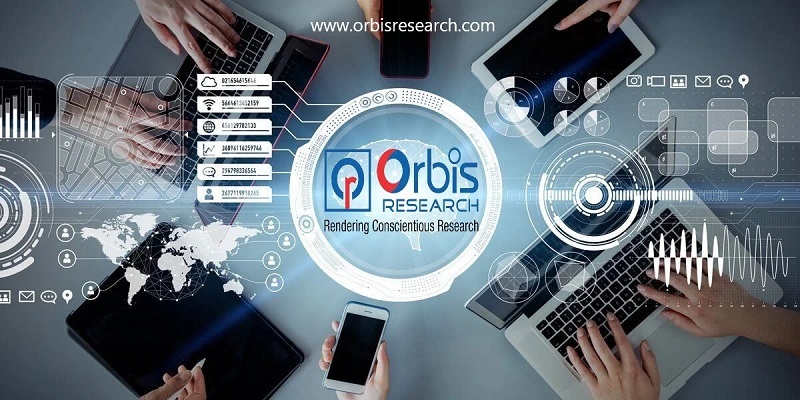
Press Release, Orbis Research An extensive review of the state of the economy and how it affects the Second-hand Clothing Market is called an economic assessment. Businesses may anticipate future trends, comprehend the macroeconomic forces shaping the market, and make well-informed strategic decisions with the aid of this study. Through the analysis of economic indicators, consumer behaviour, and market conditions, businesses can enhance their ability to traverse intricate market dynamics and leverage development prospects.
Request a sample report @ https://www.orbisresearch.com/contacts/request-sample/6677282
Macroeconomic Indicators
Understanding macroeconomic indicators is essential to comprehending the overall state of the economy and how it affects the Second-hand Clothing Market. Important metrics consist of:
1. Gross Domestic Product (GDP): GDP is a metric used to express the total amount of goods and services generated in a nation. A robust economy is indicated by a growing GDP, and this can raise consumer demand for goods and services in the Second-hand Clothing Market as well as consumer spending.
2. Inflation Rate: The cost of life and purchasing power are impacted by inflation. Elevated inflation has the ability to diminish consumer confidence and lower disposable income, hence reducing demand in the Second-hand Clothing Market.
Second-hand Clothing market Segmentation by Type:
Luxury Brand
Fast-selling Brand
Others
Second-hand Clothing market Segmentation by Application:
Menâs Clothes
Womenâs Clothes
Kidâs Clothes
Direct Purchase the report @ https://www.orbisresearch.com/contact/purchase-single-user/6677282
3. Unemployment Rate: The percentage of the labour force that is jobless is represented by the unemployment rate. While low unemployment might increase consumer confidence and expenditure in the Second-hand Clothing Market, high unemployment can reduce consumer spending and demand.
Consumer Behavior
An understanding of consumer behaviour is necessary for the examination of economic assessments. Important things to think about are as follows:
1. Consumer Confidence: Indices of consumer confidence gauge how confident or pessimistic people are regarding the direction of the economy. In the Second-hand Clothing Market, high consumer confidence can drive up demand and spending while low confidence might have the opposite impact.
2. Disposable Income: After taxes and essentials, consumers’ disposable income is what’s left over for spending. An increase in disposable income may increase consumer demand for Second-hand Clothing Market goods and services.
Key Players in the Second-hand Clothing market:
ThredUP
Poshmark
The RealReal
Tradesy
Buffalo Exchange
eBay
Mercari
Alibaba Group
Vestiaire Collective
Asos Marketplace
Etsy
Vinted
Depop
3. Spending Patterns: Trends and preferences in the Second-hand Clothing Market can be found by examining spending patterns. Product development and marketing techniques can benefit from an understanding of consumer purchasing priorities.
Market Conditions
Analysing the competitive environment, supply and demand dynamics, and regulatory framework in the Second-hand Clothing Market are all important aspects of evaluating market conditions. Important things to think about are:
1. Competitive Landscape: Examining the quantity and calibre of rivals might reveal information about market saturation and possible points of distinction.
2. Supply and Demand Dynamics: Knowing how supply and demand are balanced will help you spot any surpluses or shortages in the Second-hand Clothing Market, which may have an effect on pricing and production plans.
Do You Have Any Query Or Specific Requirement? Ask to Our Industry Expert @ https://www.orbisresearch.com/contacts/enquiry-before-buying/6677282
3. Regulatory Environment: To comprehend possible dangers and opportunities in the Second-hand Clothing Market, it is essential to evaluate the effects of governmental policies, rules, and trade agreements.
About Us
Conclusion
An analysis of economic assessment offers important insights into the variables affecting the Second-hand Clothing Market. Businesses are better equipped to make decisions, optimise their strategies, and seize development opportunities when they have a thorough understanding of macroeconomic data, consumer behaviour, and market conditions. Achieving long-term success and managing the market’s complexity require this thorough research.
Contact Us:
Hector Costello
Senior Manager – Client Engagements
4144N Central Expressway,
Suite 600, Dallas,
Phone: +1 (972)-591-8191,
Email: sales@orbisresearch.com